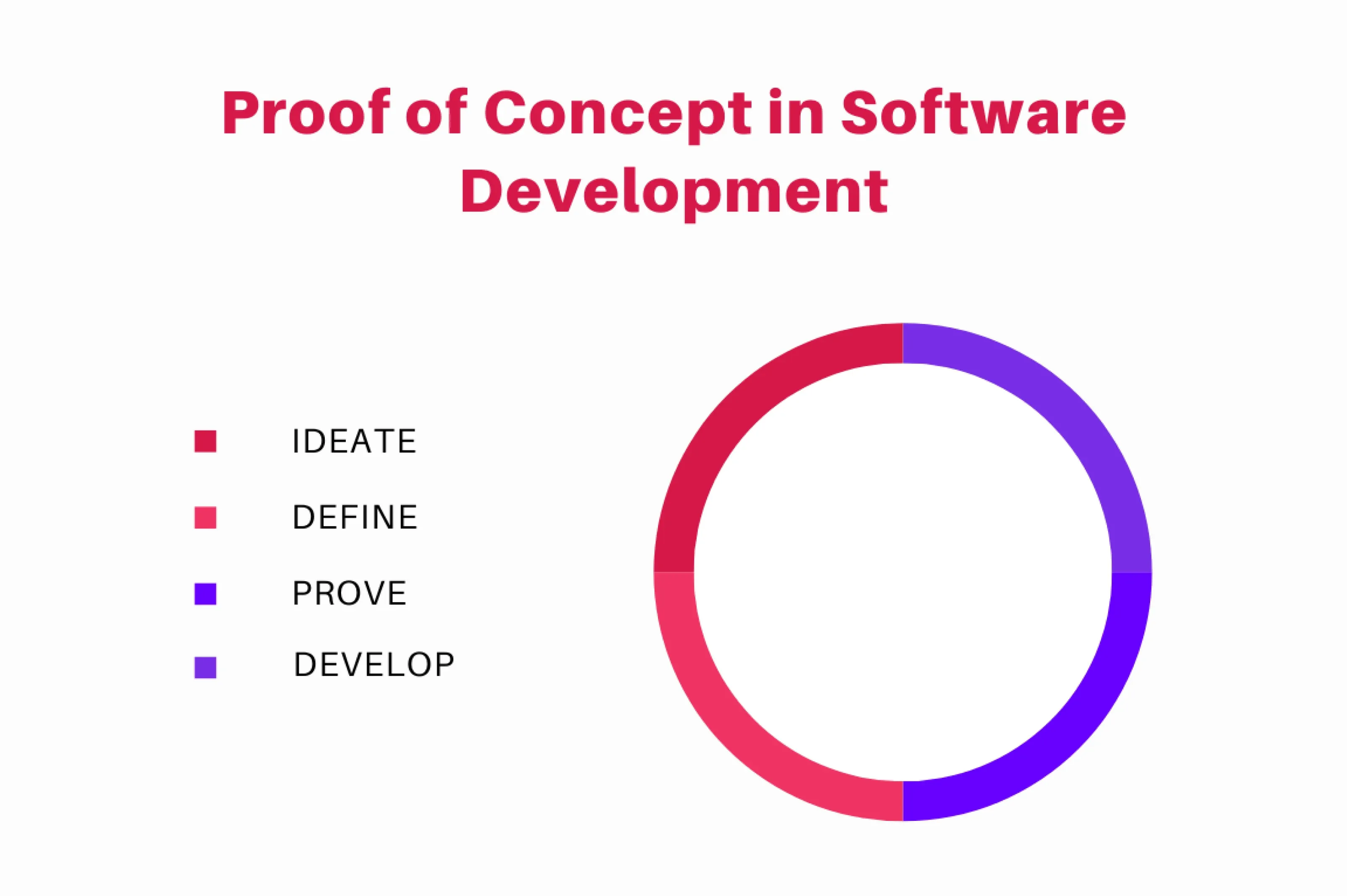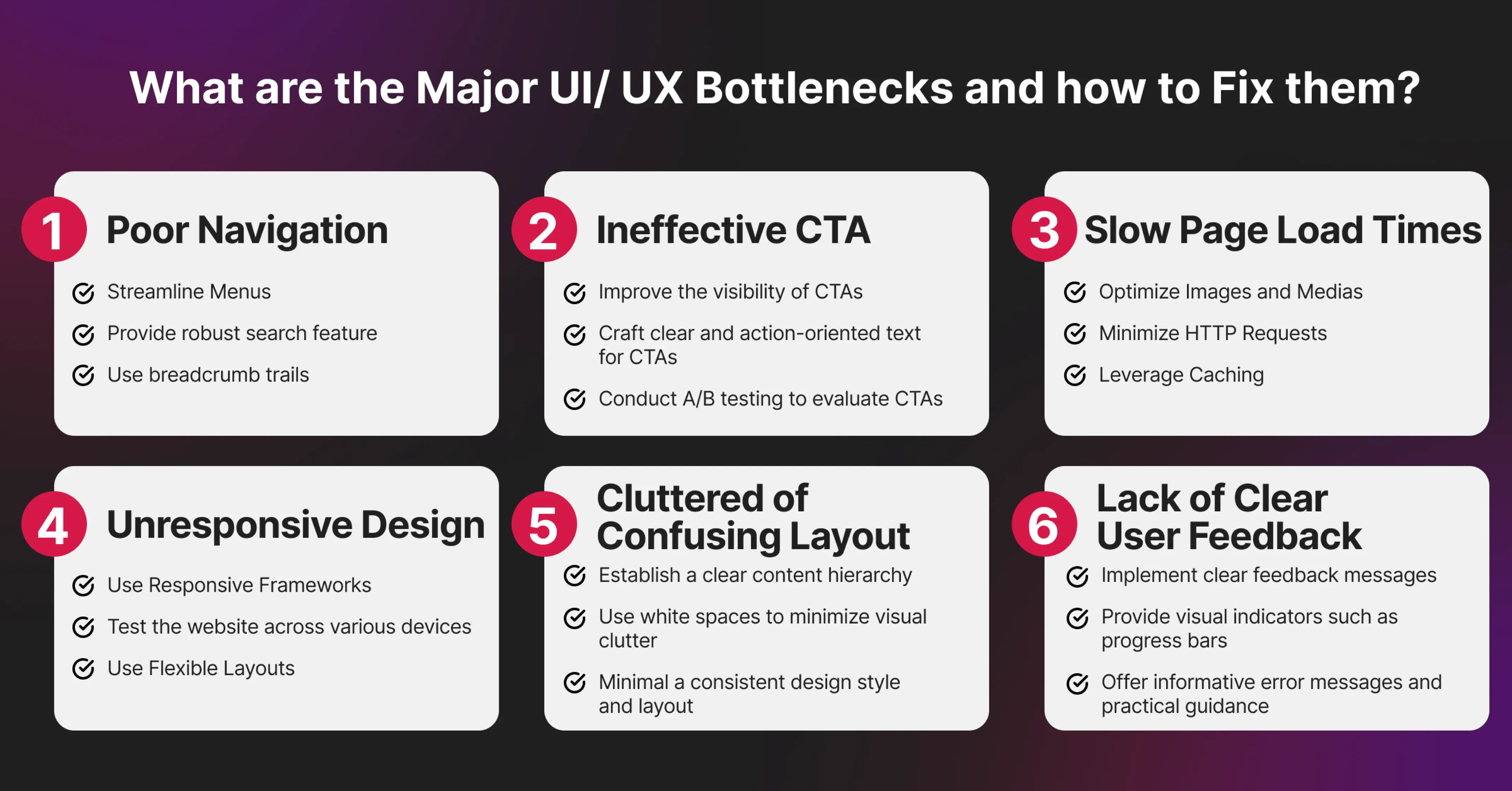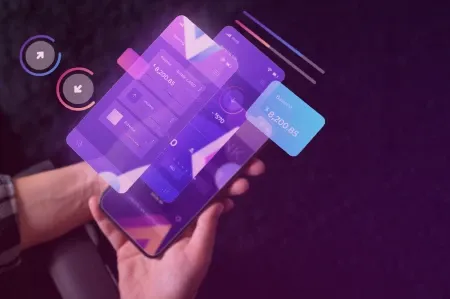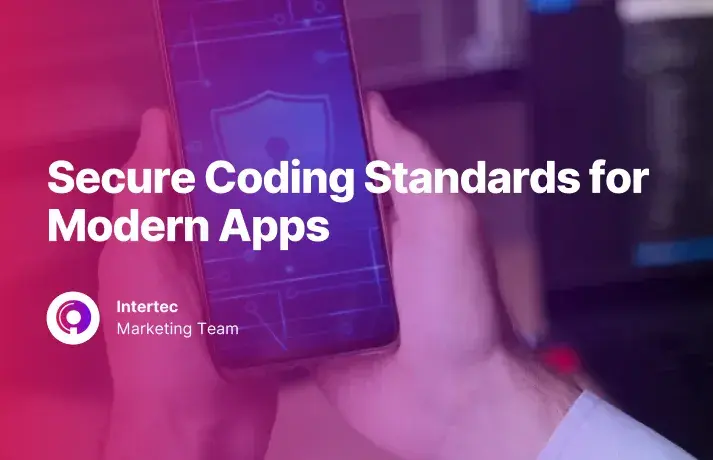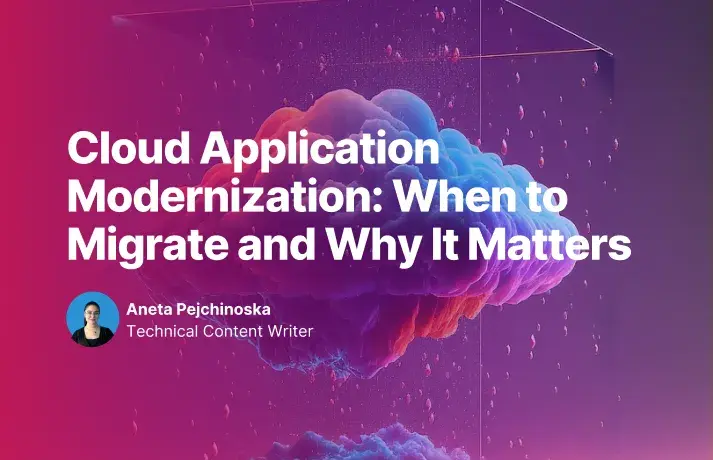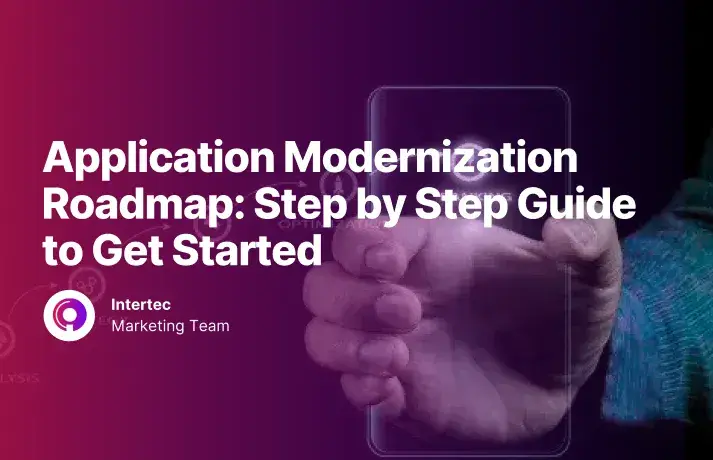Why UX is Also Important for Proof of Concept
In a proof of concept, you are not testing the entire product; you are just showing that a specific idea can work. PoCs are typically created for stakeholders, investors, or a small group of users to see if the concept is technically possible.
So, why does UX matter in this situation?
- Making the Idea Easy to Get: A PoC is meant to help people connect with the idea. You want that moment of realization. But if it is confusing or frustrating to navigate, they might never see the full potential. By, adding some basic UX elements like clear instructions and logical navigation, makes it easier for your audience to follow along without getting stuck. You want the concept to shine through, not get lost because the experience is too challenging.
- Helping Stakeholders See the Big Picture: If your PoC has an awkward or confusing interface, the people you are trying to impress might wonder if the idea has any practical value at all. Even if they know it is just an early version, a cleaner, easy-to-use design helps them imagine what the finished product could look like. A little UX effort goes a long way in making sure they can see beyond the imperfections to the true potential.
- Getting Feedback on the Idea, Not Just the Experience: When a PoC is hard to use, the feedback you get will focus on usability problems instead of the main idea. And that is not what you want at this stage. If you want to get valuable insights into the idea’s potential, putting a little effort into UX can help keep the feedback centered on the concept rather than just usability problems.
UX Tips for Building MVP and Proof of Concept
If you are working on an MVP or a PoC and want to include some UX basics without getting too complicated, here are some practical tips:
- Keep Navigation Simple: Users should easily know where to go and what to do next without having to think twice. Whether it is an MVP or a PoC, keeping things simple and clear makes your product way easier to use. Use obvious labels, and make sure people are not left guessing about where things are or what to click on next.
- Use Consistent Design Elements: Keep going with the same colors, button styles, and fonts everywhere. It might seem like a tiny detail, but consistency makes everything feel familiar and easier. When things look and feel consistent, people can focus on your idea instead of getting confused by unexpected design changes.
- Responsive design: People might be checking out your MVP or PoC on all sorts of devices: phones, tablets, laptops, desktops….Responsive design, even a basic one, can make a huge difference across different screens. If it only works well on one device, you might lose users or stakeholders trying to view it on another.
Ask for User Feedback: Make it easy for users to share their thoughts. This could be a quick form, an email prompt, or a simple feedback button. When users feel that their opinions count, they are more likely to give honest feedback.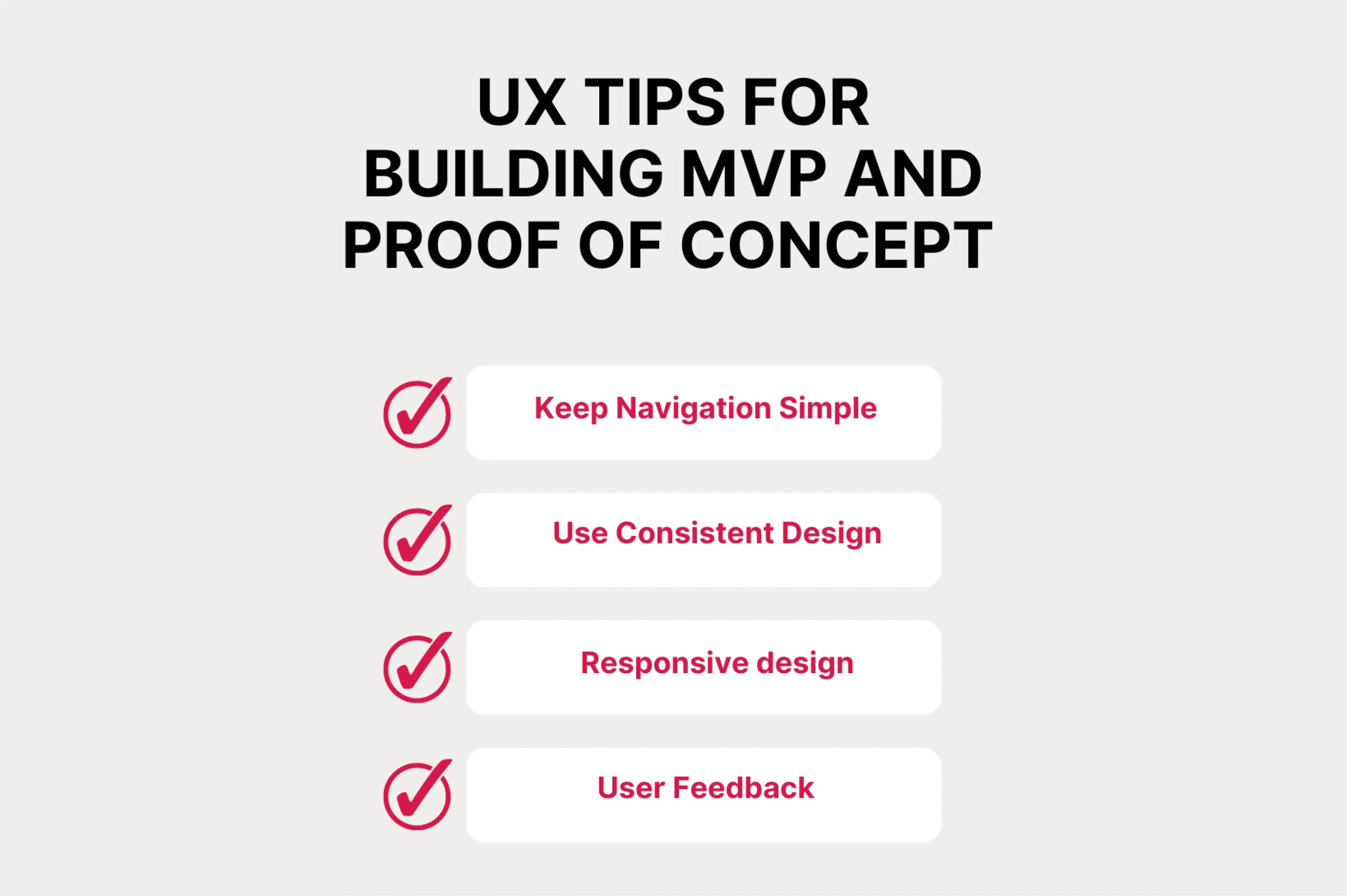
Affordable Ways to Improve UX
Balancing good design with a small budget can be challenging when starting out, but it does not have to be too hard.
Here are some easy ways to make sure your MVP and PoC are user-friendly without spending a lot:
- Start with Simple Usability: Keep to basic, clear navigation, consistent design, and a logical flow. These simple touches can make your product feel much more put-together without needing a lot of extra time or money.
- Try Design Templates: Templates can make your product look professional and consistent without needing a custom design. Many tools offer templates you can quickly use for MVP and PoC, giving it a more finished feel on a budget.
- Get Feedback from Real People: Share your product with friends, family, or a few coworkers. Their fresh perspective can help spot small issues you might have missed. Even just a quick, informal chat can uncover ways to improve the UX without costing much.
- Keep Improving as You Go: UX does not need to be perfect right away. Start with the basics, receive some feedback, and make small changes over time.
- Add a Personal Touch: A friendly message here can make your MVP or PoC feel more human and relatable. People connect better with products that feel personal. Those small touches can make your project memorable and help you stand out.
Wrapping Up
Building MVP and developing PoC projects are important steps in bringing your ideas to life. But if you want people to truly connect with your idea, whether they are users or stakeholders, you need to think about how they are going to experience it. Good UX does not have to be overdramatic and expensive—it just needs to make your product easy to understand and enjoyable to explore.
When you put in a bit of effort to make the UX smooth, you are helping others see the value and potential of your idea without any challenges. Whether it is getting honest feedback from early users or winning over investors, making sure the experience is seamless can make a lot of difference. So the next time you are building an MVP or creating a PoC, think about those small UX improvements that can help your idea stand out.
